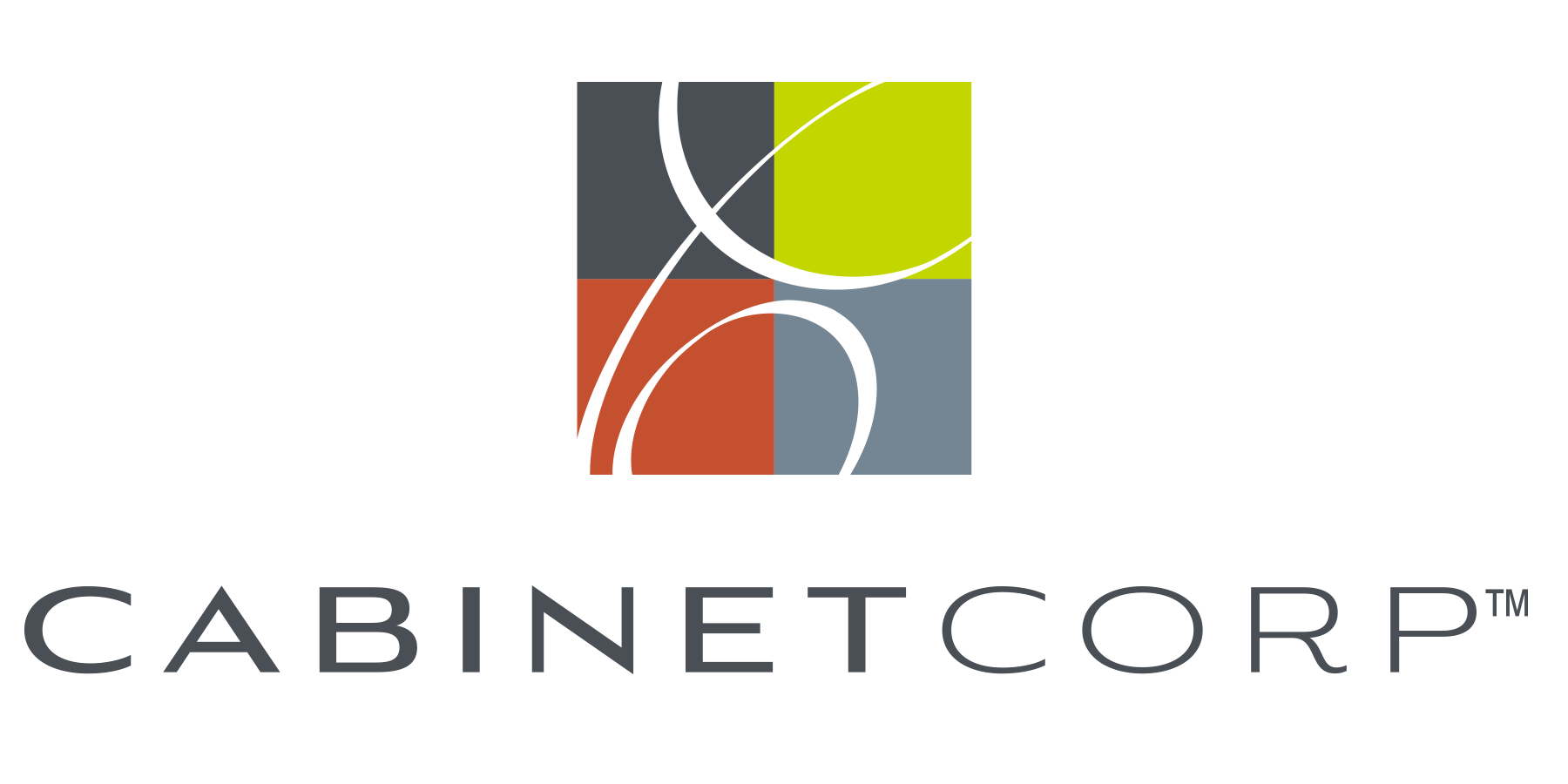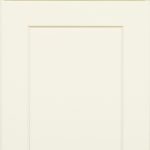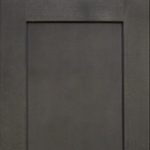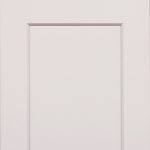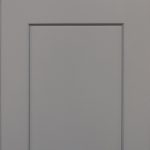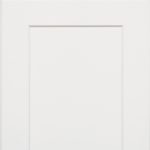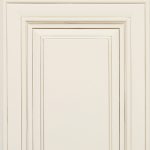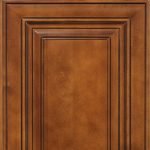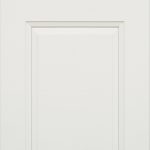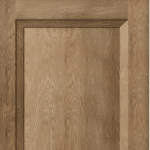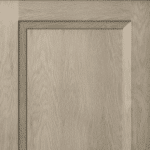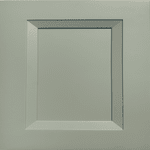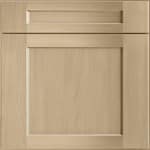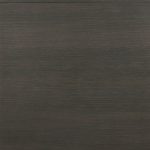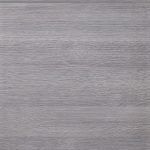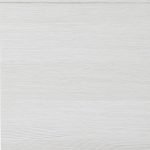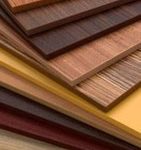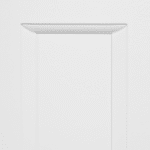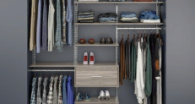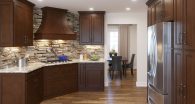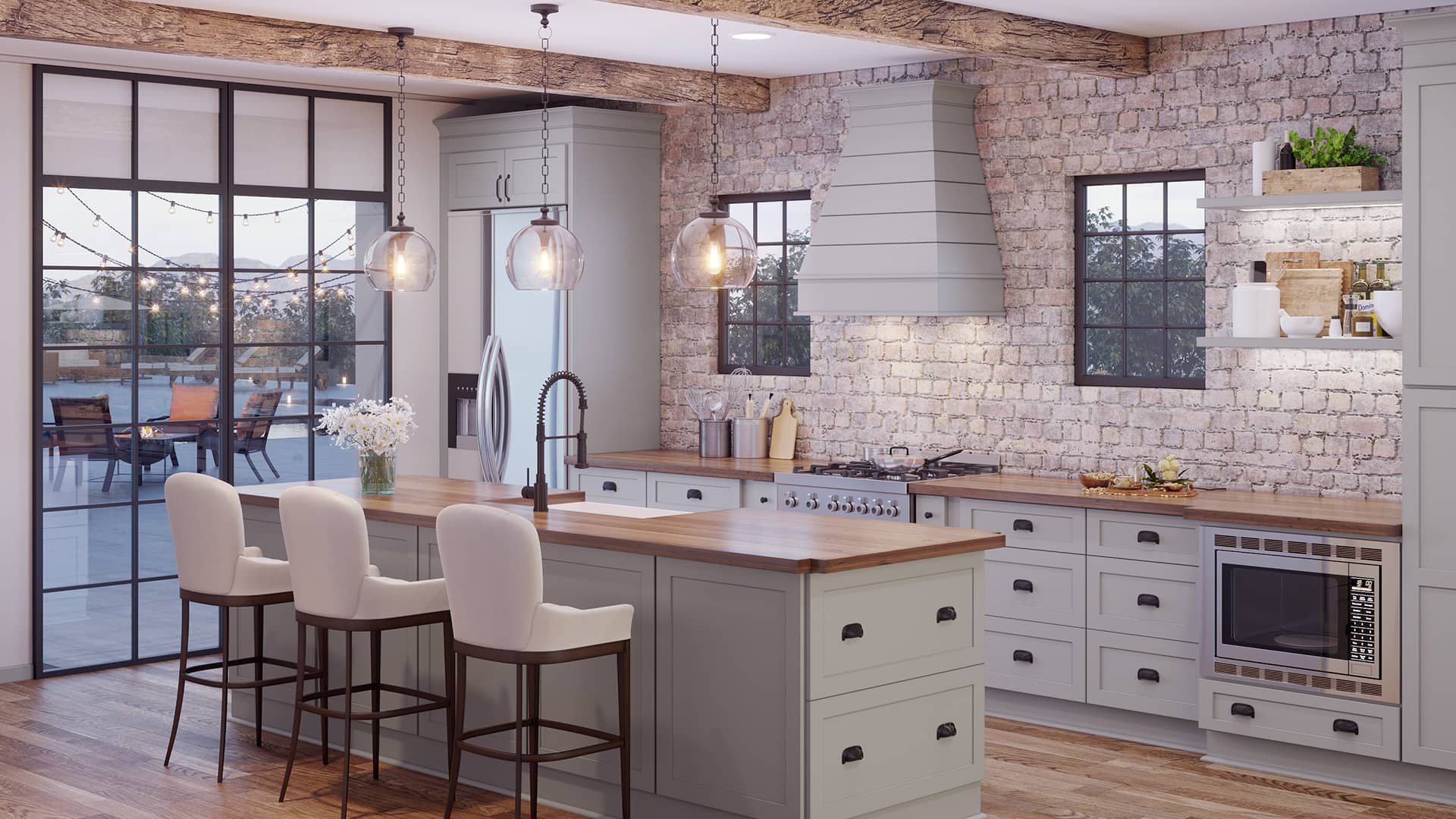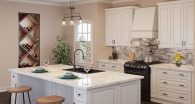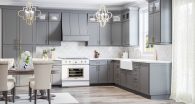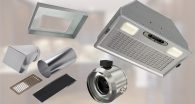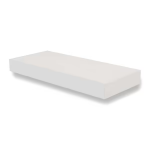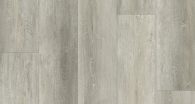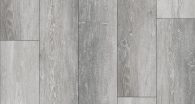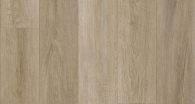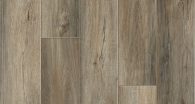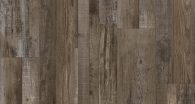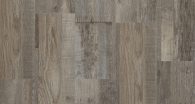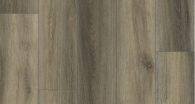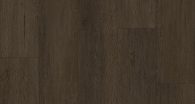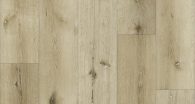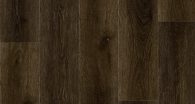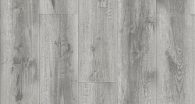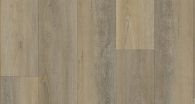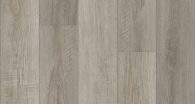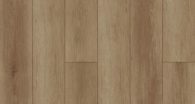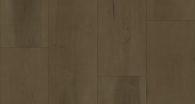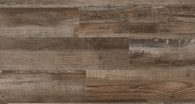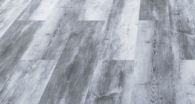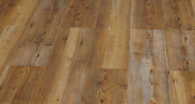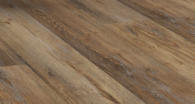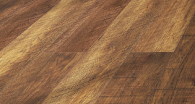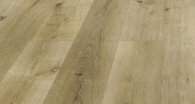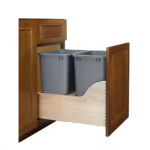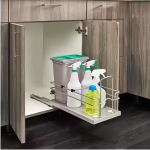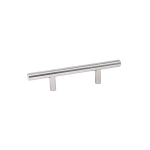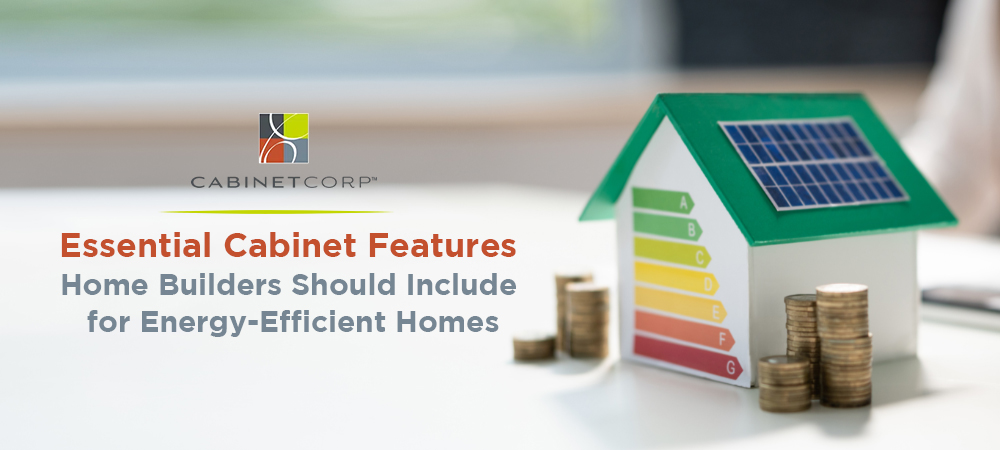As demand for energy-efficient homes continues to rise, builders are prioritizing the creation of high-performance, eco-friendly homes. While insulation, appliances, and windows are essential, cabinetry can also play a pivotal role in energy savings. By integrating innovative cabinet features that promote energy efficiency, builders can offer clients a more sustainable, cost-effective solution without compromising style or functionality.
1. Sustainable Materials –
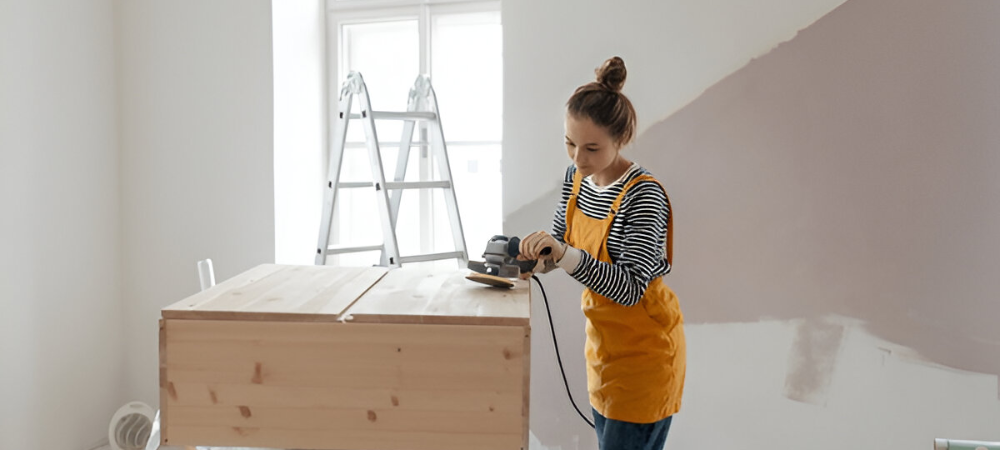
The foundation of energy-efficient cabinetry starts with the materials used in construction. Opting for sustainable, renewable materials can reduce the home’s environmental footprint. Builders should consider using:
- Bamboo: Known for durability and fast growth, bamboo is an eco-friendly alternative to traditional hardwoods.
- Recycled Wood: Cabinets made from reclaimed wood offer an eco-friendly option while adding character.
- Low-VOC Finishes: Low-VOC finishes improve indoor air quality and reduce harmful emissions, supporting the energy-efficient trend.
2. Energy-Efficient LED Lighting Integration –
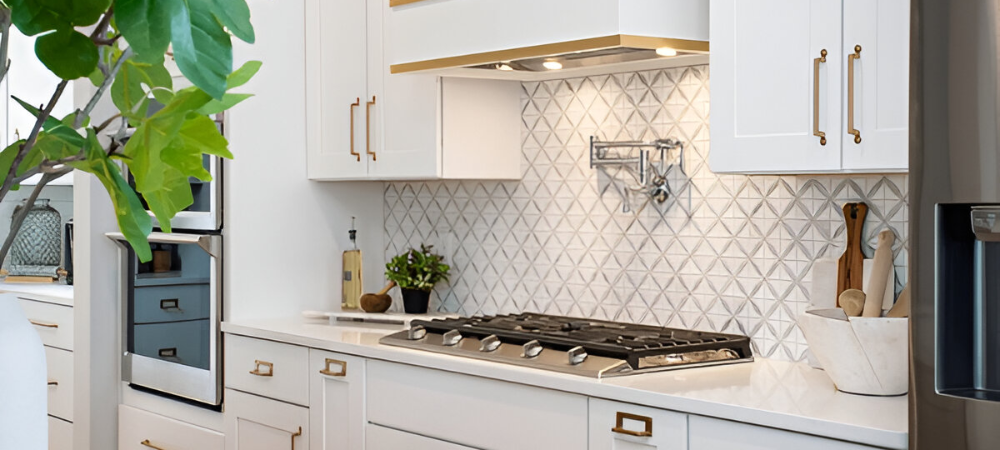
Cabinets with built-in LED lighting systems can enhance functionality and energy efficiency. LED lights consume less power than traditional lighting and last much longer, reducing the need for frequent replacements. They offer 80-90% energy savings over incandescent lamps and 50-60% savings compared to fluorescent lighting.
Consider integrating motion-sensor lighting or under-cabinet LED strips that only turn on when needed. This approach reduces electricity use and enhances the kitchen or bathroom’s ambiance. Nine out of ten buyers prefer homes that offer energy cost savings through such features.
3. Smart Storage Solutions –
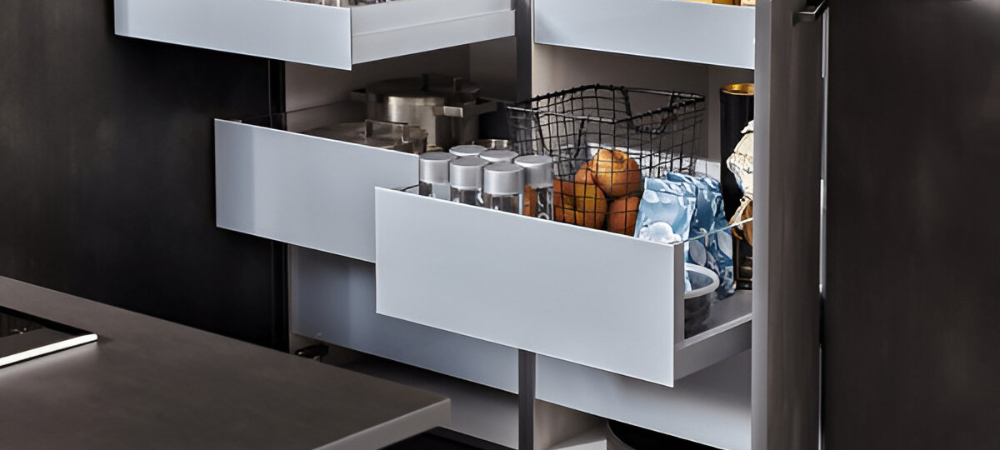
Energy efficiency extends beyond just insulation and energy-saving appliances. Space-efficient cabinets reduce clutter, optimize storage, and minimize the need for extra cooling and heating. Features like deep drawer organizers and pull-out cabinets make it easier for homeowners to keep their spaces tidy. Pull-out cabinets remain the most popular storage feature, with 62% of homeowners utilizing them in 2025.
Smart storage solutions add to energy efficiency by ensuring that items are organized and accessible. This reduces the need for constant air circulation due to disorganization. Streamlined storage not only improves functionality but also helps to maintain the home’s overall energy efficiency.
CTA – Shop Cabinet Accessories
4. Low-Impact Manufacturing Process –
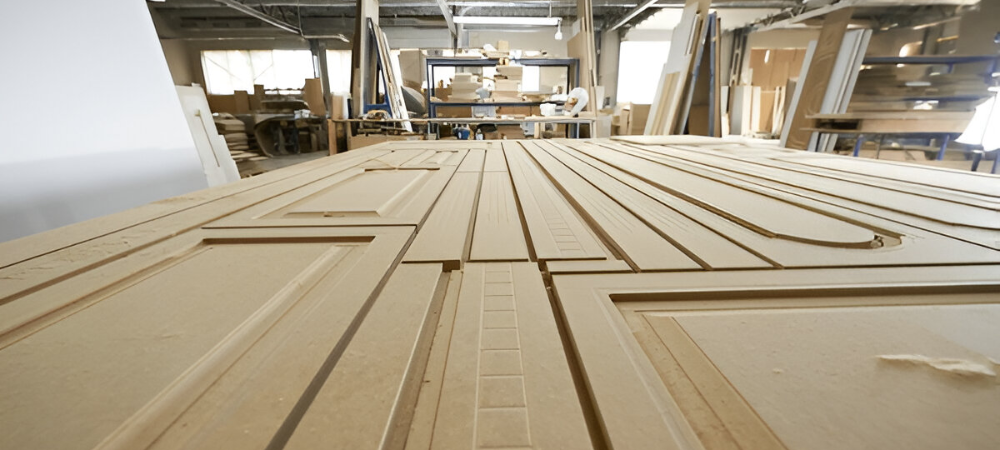
Home builders should look for cabinet manufacturers who adhere to sustainable, low-impact manufacturing processes. This includes:
- Forest Stewardship Council (FSC) Certification: Cabinets made from FSC-certified wood ensure responsible harvesting practices.
- Leed-Certification: Homes certified by the Leadership in Energy and Environmental Design (LEED) program demonstrate significant energy savings, using 20% to 30% less energy than non-green homes, with potential savings of up to 60%.
- Energy-Efficient Manufacturing: Some manufacturers incorporate energy-efficient machinery and reduce waste during production, directly contributing to reducing the cabinetry’s carbon footprint.
- Locally Sourced Materials: Cabinets made from locally sourced materials have a smaller environmental footprint than those shipped in.
5. Thermal Insulation Cabinetry –
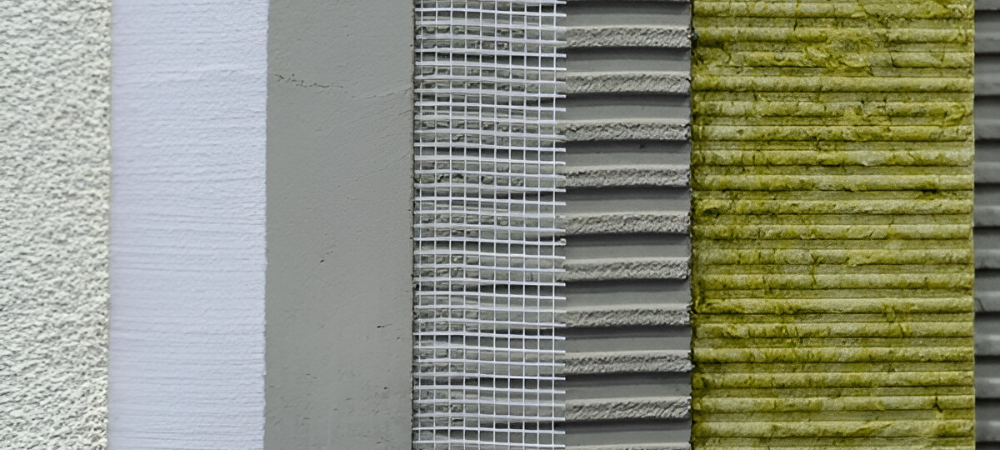
Thermal insulation is often associated with walls and windows, but cabinetry can also regulate temperature and energy use. Cabinets with integrated insulation help reduce heat loss or gain, especially with energy-efficient appliances. Insulated cabinetry features can also reduce the need for overactive HVAC systems, keeping the home’s interior comfortable year-round without excessive energy consumption. This is especially beneficial in homes with open-plan living spaces, where heat or cold can quickly spread throughout the house.
6. Cabinets That Maximize Natural Light –
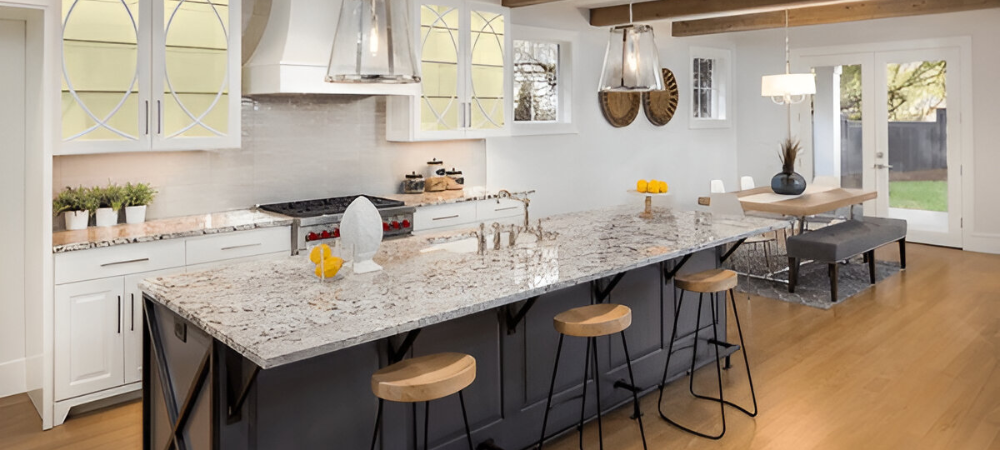
Another way cabinetry can contribute to energy efficiency is through design elements that maximize natural light. Glass-fronted cabinet doors let in natural light, reducing the need for artificial lighting during the day. Builders can also use reflective finishes to improve the flow of natural light.
This creates a brighter space without the need for excessive electrical lighting, which decreases energy consumption during daylight hours. Energy-efficient cabinet designs that allow for more natural light also improve the overall ambiance of the space. This crafts a welcoming and eco-friendly home environment.
7. Cabinet Hardware with Energy-Efficient Materials –
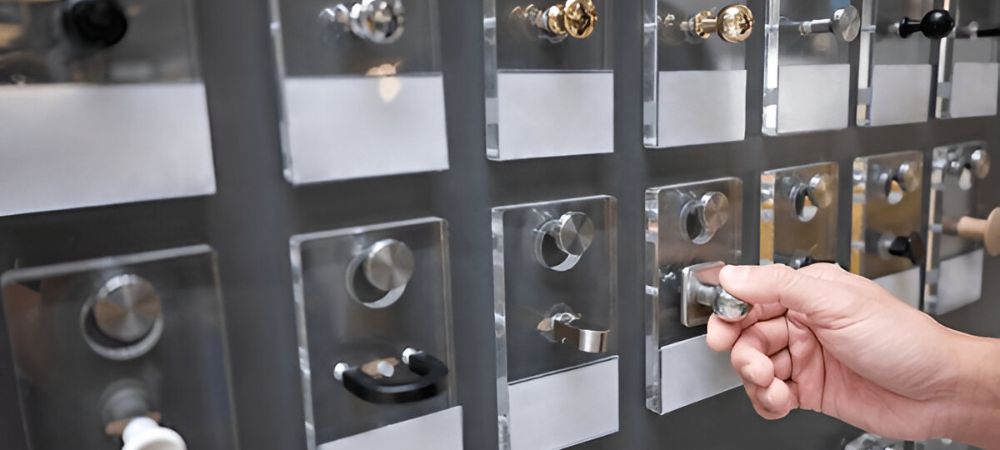
In addition to sustainable materials for cabinetry itself, selecting energy-efficient hardware is an essential element. High-quality, durable hardware reduces the need for frequent replacements, which can contribute to waste and environmental strain. Builders should consider hardware made from recycled materials, such as recycled metal or eco-friendly plastics. Focus on using handles, hinges, and drawer slides made from materials with a low environmental impact, while ensuring durability.
8. Modular Cabinet Systems –
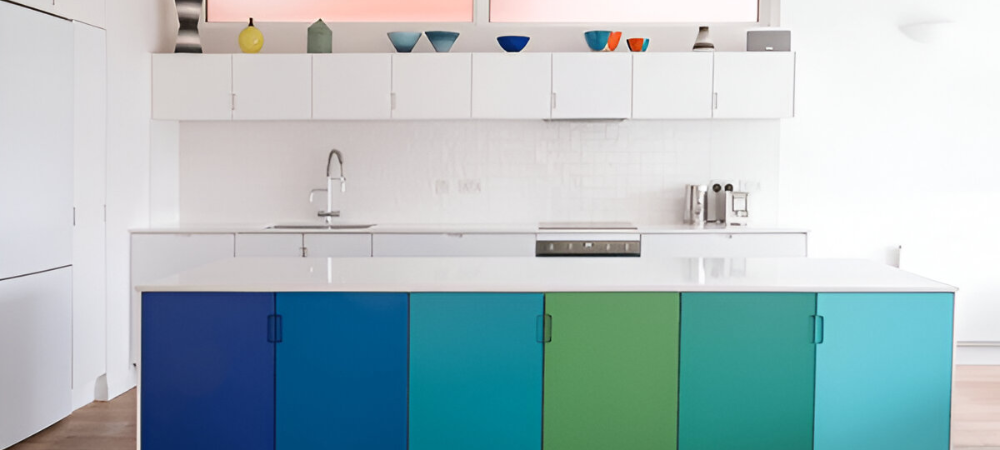
Another important feature of energy-efficient cabinetry is the use of modular systems. Modular cabinets are customizable, allowing for better space usage and fewer materials used overall. The global modular kitchen market was valued at USD 25.21 billion in 2023 and is projected to grow at a compound annual growth rate (CAGR) of 4.9% from 2024 to 2030.
Designing cabinets with modular components allows easy adaptation to different layouts without the need for custom-built units. This reduces waste and the need for additional materials, making modular cabinets a sustainable option.
Modular systems also support the flexibility needed in modern home layouts, offering a more personalized approach to storage that is efficient and adaptable. Their ability to fit into various spaces makes them a practical and eco-friendly solution for builders aiming to reduce their environmental impact.
9. Cabinets with Advanced Sealing Technology –
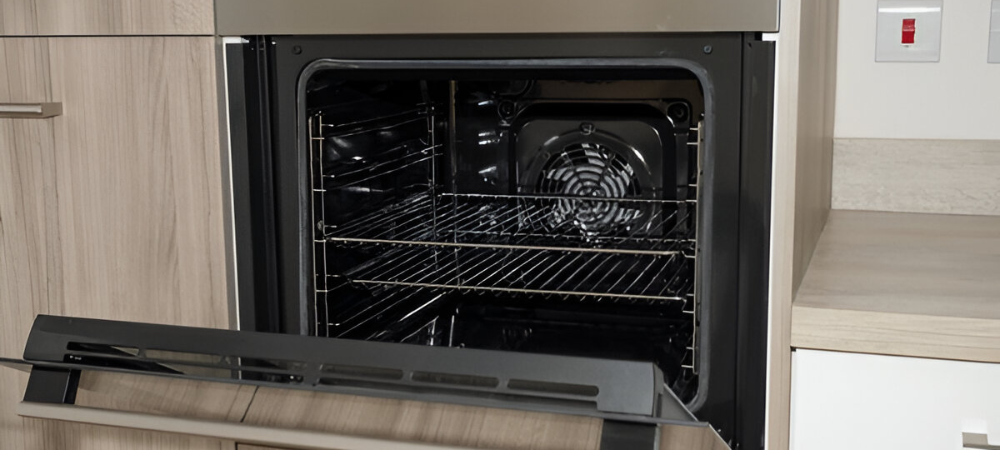
Air sealing is crucial in preventing drafts and heat loss in energy-efficient homes. Cabinets with advanced sealing technology help minimize the escape of heated or cooled air. This directly contributes to a home’s energy performance. Builders should look for cabinets that feature sealed doors and drawers, which prevent air infiltration.
Advanced sealing technology is especially beneficial in homes where temperature regulation is essential. By preventing air leakage, these cabinets work in tandem with insulation and energy-efficient windows to create a more energy-efficient environment.
10. Cabinets with Integrated Recycling or Composting Stations –

For eco-conscious homeowners, cabinetry that integrates recycling and composting solutions can be a major plus. Cabinets that include built-in compartments for separating recyclables or compostable waste help encourage sustainable living habits. By offering these features, builders can promote eco-friendly practices and reduce landfill waste.
These specialized storage solutions not only promote energy efficiency but also align with a growing trend toward green living. Such innovations allow for a cleaner, more organized living space while promoting a greener lifestyle. They also help homeowners reduce waste in a way that contributes directly to energy savings.
Join the CabinetCorp Dealer Network
As a member of our Pro Dealer Program, you will enjoy special pricing. You will also access high-quality products and support to help you succeed. Provide your clients with custom designs backed by free kitchen design services. With our extensive inventory, you’ll always have the right products available at the right time.
Key Takeaways
Energy-efficient homes are the future of residential construction, and cabinetry is crucial in reducing energy consumption while maintaining aesthetic appeal and functionality. Boost designs and meet eco-friendly demands with sustainable materials, energy-efficient lighting, smart storage, and thermal insulation.
Cabinetry creates homes that look great, last, and perform sustainably. By choosing the right cabinet features, builders can lower energy costs. They can also help the planet and make their homes unique in an eco-friendly market.


